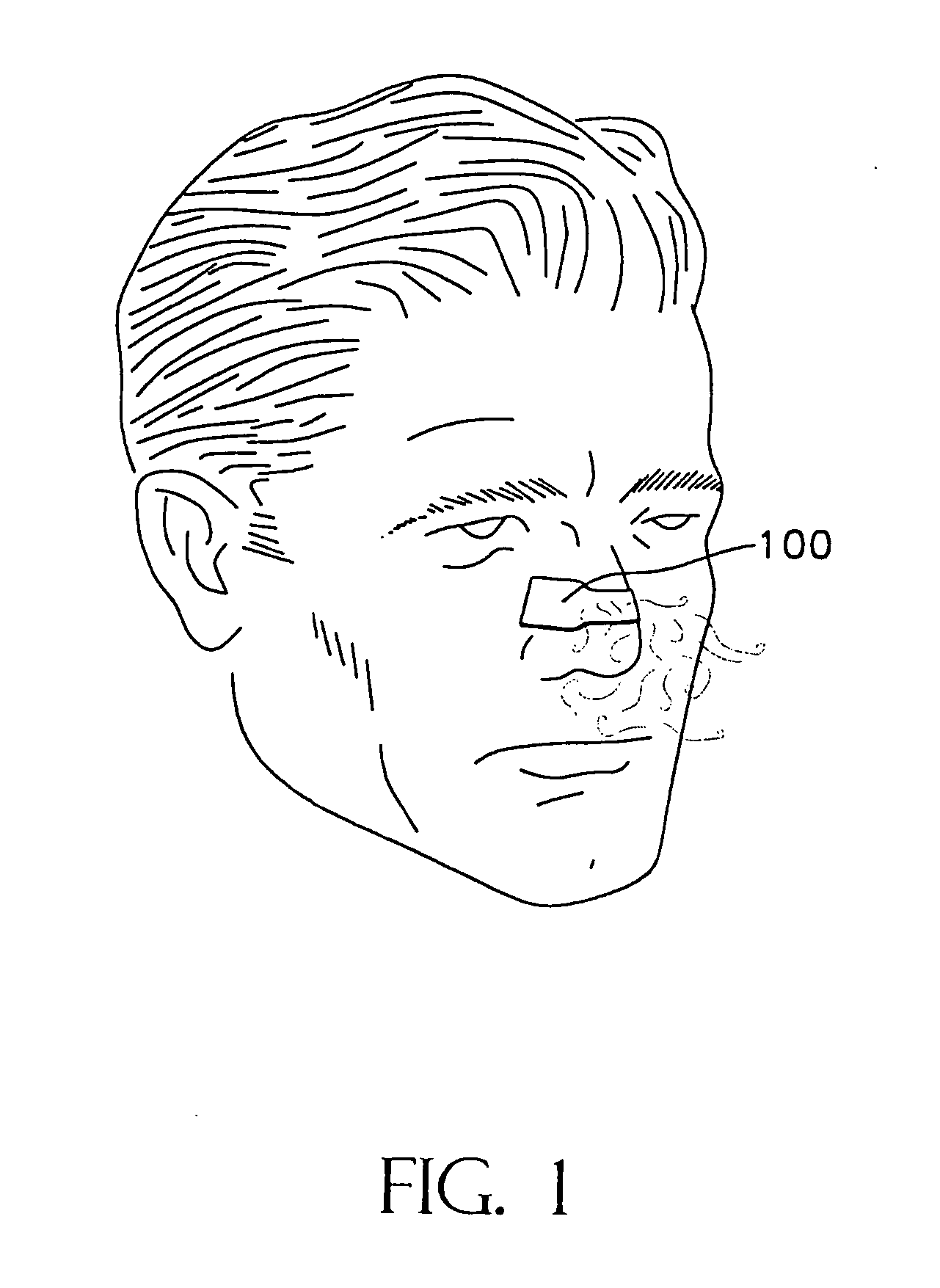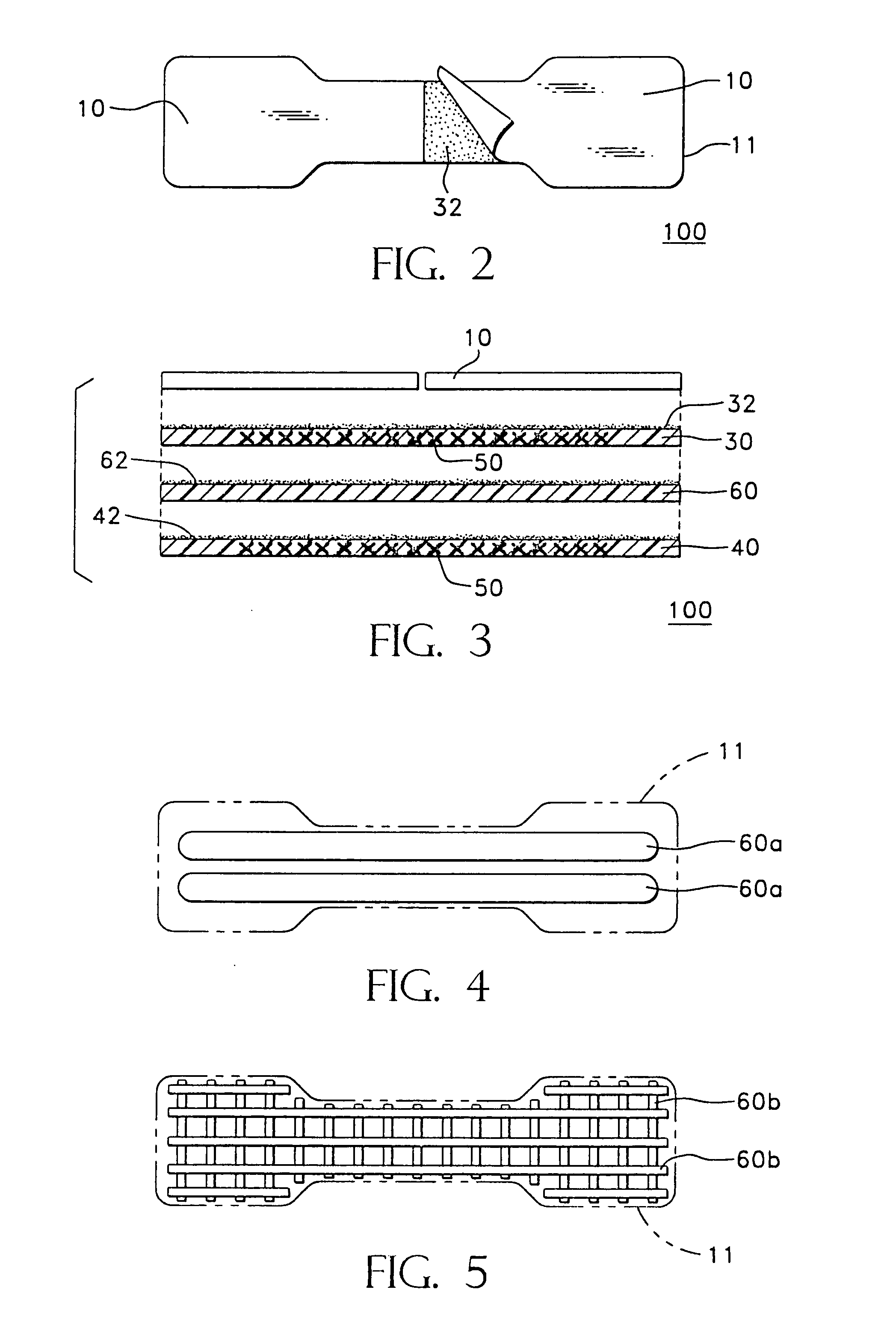During exercise, nasal breathing becomes more difficult and some people are forced to open their mouths to get enough air.
Upon rapid breathing, a negative pressure is created in the nasal chamber forcing the lower sides of the nose to collapse which obstructs breathing.
Nasal obstruction can contribute to an increase in snoring and
sleep apnea frequency and severity.
Certain loud snorers have an increased internal
resistive load that results in repetitive arousals from sleep.
The
common cold, although not usually a serious illness, is a highly prevalent, discomforting and annoying affliction.
While immune responses occur, and infection with some
respiratory tract viruses therefore could be prevented by a vaccine, developments of a polytypic vaccine to cover all possible agents is impractical.
Thus, the problem of controlling acute
upper respiratory disease presents complex challenges, and the long-desired discovery of a single cure for the
common cold is an unrealistic expectation.
Indirect costs, based on amount of lost wages because of restricted activity are substantially higher.
For individuals with certain medical conditions such as
heart disease, hypertension, diabetes or
thyroid disorders, oral drugs such as decongestants could
pose a risk of unfavorable
drug interactions and may cause an adverse reaction.
These dilators have been criticized because they are often uncomfortable to wear.
Since the cages or rings are inserted into contact with sensitive nasal tissue, they have been known to cause
irritation and
itching.
Aromatic substances, such as
menthol and
camphor, while therapeutically effective, are highly volatile.
Accordingly,
nasal dilators impregnated with fragrance oils generally lose their
odor quickly because the scent dissipates during the
shelf life of the product.
Separately packaging each
dilator in its own
hermetic packaging, may improve
shelf life, but it increases the expense of the product and makes it generally more inconvenient to use due to the tenacious materials, such as mylar, etc., used to make
hermetic packaging.
Additionally, such packaging fails to improve upon the in-use duration of the fragrance when exposed to
perspiration, body heat,
dirt and dust, and the time demands of a full night's sleep.
Another drawback associated with scented dilators is the tendency of the nasal nerve endings to become desensitized to the fragrance, long before the fragrance has dissipated from the product.
Due to the extended periods of time for which
nasal dilators and strips are recommended, from an hour to 12 hours,
prolonged exposure to the same volatile oil or mixture, such as
menthol or
camphor, generally engenders a phenomena of
adaptation called “olfactory saturation”, which results in a gradual loss of smell of the active fragrance to the wearer.
This, of course, is a
distraction to wearers, who may feel the need to replace the dilator with a fresh product, only to find that a new dilator fails to completely refresh the olfactory impression.
This can have the unfortunate, unintended effect of causing a nasal dilator, which is already exerting release pressure due to resilient members contained therein, to completely remove its adhesive attachment from the nose.
To make matters worse, when it is desired to remove the dilator or strip, portions of the plasticized adhesive remain on the
skin surface, leaving it tacky and unsightly.
If the dosage is too low, there is insufficient fragrance to produce an olfactory effective amount, which, in the case of cosmetic fragrances, makes the product less appealing to the
consumer, and in the case of medicated aromatics, renders these devices therapeutically ineffective.
 Login to View More
Login to View More  Login to View More
Login to View More 


